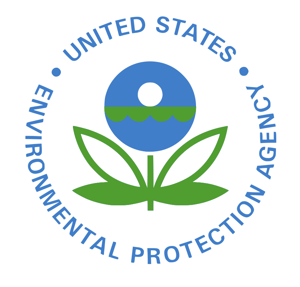 The Clean Water Act (CWA), established in 1972, governs water pollution to protect human health and the environment. The CWA has two major parts: the provisions that authorize federal financial assistance for municipalities and the regulatory requirements that apply to industrial and municipal discharges. The Environmental Protection Agency (EPA) is responsible for regulating and enforcing the CWA, under which the EPA has set wastewater industry standards and national recommendations for addressing surface water pollutants. The EPA is given authority under the CWA in accordance with sections 308, 309 and 309(b) of the CWA.
The Clean Water Act (CWA), established in 1972, governs water pollution to protect human health and the environment. The CWA has two major parts: the provisions that authorize federal financial assistance for municipalities and the regulatory requirements that apply to industrial and municipal discharges. The Environmental Protection Agency (EPA) is responsible for regulating and enforcing the CWA, under which the EPA has set wastewater industry standards and national recommendations for addressing surface water pollutants. The EPA is given authority under the CWA in accordance with sections 308, 309 and 309(b) of the CWA.
Enforcement and Regulation
One enforcement tool that the EPA wields is the National Pollutant Discharge Elimination System (NPDES). The NPDES requires all industrial facilities and municipalities to obtain a permit to lawfully discharge any pollutant from a point source, such as pipes or man-made ditches, into United States waterways. This law has civil, criminal and administrative enforcement provisions, though citizens can also file suits.
The EPA allows state governments to perform a majority of permitting, administrative and enforcement activities related to the program. However, the EPA has direct implementation responsibilities in four unauthorized states—Idaho, New Hampshire, Massachusetts and New Mexico—as well as the District of Columbia and most U.S. territories.
EPA enforcement of the CWA sometimes involves issuing Administrative Orders on Consent (AOC) or consent decrees. Administrative Orders on Consent are non-judicial enforcement by the EPA or a state; judicial actions required as a result of a formal lawsuit are called consent decrees. These settlements may require financial or legal sanctions, apply civil action and can be enforced in court. A municipality under a consent decree may be required to implement a Capacity, Management, Operations and Maintenance (CMOM) program. This EPA program addresses noncompliance by outlining specific action to be taken by the municipality.
Capacity, Management, Operations and Maintenance (CMOM) Programs
CMOM programs can take many forms because the EPA uses a customized approach to outlining specific actions for noncompliant municipalities. Many variables may differentiate one municipality’s situation to another’s. A one-size-fits-all approach is neither practical nor effective. A recent example of the EPA’s customized enforcement approach using a CMOM program is the city of Middletown, Ohio. Middletown was issued a consent decree for noncompliant discharges into the Great Miami River from its wastewater treatment plant, which processes pollutants from approximately 342 miles of stormwater and sanitary sewers. The consent decree against the city seeks injunctive relief and civil penalties and alleges four claims under the CWA and the Clean Streams Law in neighboring Pennsylvania for noncompliant releases of pollutants into the river. The prescriptive CMOM program issued by the EPA is highly specific, requiring the city to implement its approved long-term control plan, to complete wastewater treatment plant upgrades, and to complete 40 miles of sewer system rehabilitation and replacement work. Middletown’s consent decree also included a civil penalty of $55,000 to the United States and the State of Ohio due to its CWA violations. Changes made under the consent decree will bring impressive annual pollutant reductions and benefit human health and the environment in the community.
To learn more about the benefits of implementing a CMOM program, read our piece on the topic now:

